
Do you have a question about the Dräger Evita V300 and is the answer not in the manual?
| Type | Mechanical Ventilator |
|---|---|
| Patient Types | Adult, Pediatric, Neonatal |
| Power Supply | 100 to 240 VAC, 50/60 Hz |
| PEEP | 0 - 40 cmH2O |
| Inspiratory Time | 0.2 to 10 s |
| FiO2 | 21 to 100 % |
| Connectivity | Ethernet, USB |
| Alarms | High FiO2 |
| Tidal Volume Range | 20 to 3000 mL |
Outlines requirements and safety standards for operating the device with other medical equipment.
Lists specific warnings and cautions regarding device malfunction, fire risks, patient injury, and environmental factors.
Critical safety warning about the risk of tipping over and measures to ensure device stability.
Safety warning concerning the use of the MEDIBUS interface for data transfer and alarm systems.
Cautions about increased dead space, volume, and resistance from additional breathing circuit components.
Crucial safety information on connecting the device to power, including risks and accessibility requirements.
Warning regarding the use of the nurse call function for diagnostic or therapeutic decisions.
Procedures to ensure the device is ready for use, including system and breathing circuit checks.
Classification of alarm messages into high, medium, and low priorities for user awareness.
Cautions about using unapproved nebulizers and aerosols affecting device function.
Critical safety warning regarding the risk of fire from residual flammable disinfectant vapors.
Warning about ensuring alarm tone volume is audible in loud environments.
Safety warning to set alarm tone volume audibly in noisy environments.
Steps to configure the lower limit for the alarm tone volume.
How to configure priority levels for battery alarms based on IEC/CEI or Dräger ventilation standards.
General safety guidelines for reprocessing device components potentially contaminated with gas.
Specific safety notes for reprocessing the neonatal flow sensor, advising against brushes or syringes.
Critical safety warning to perform maintenance only when no patient is connected to the device.
Describes the automatic adjustment and triggering of alarm limits for pressure monitoring.
Information and references for electromagnetic emissions, immunity, and separation distances.
Risks associated with using a network that does not meet requirements, affecting alarms and data integrity.
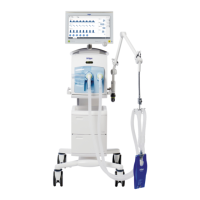
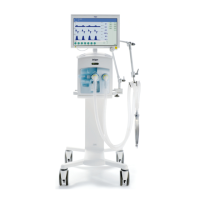
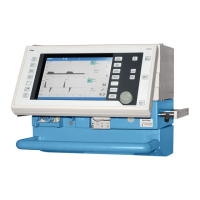
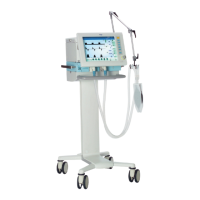
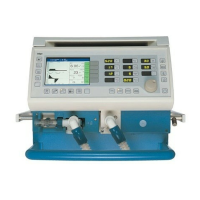
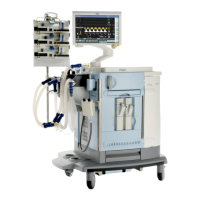
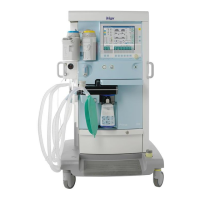
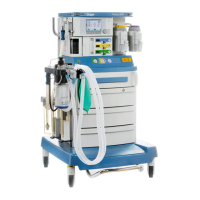
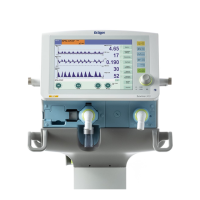
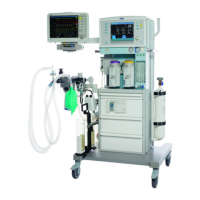
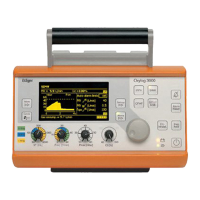
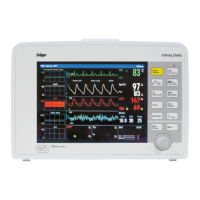
